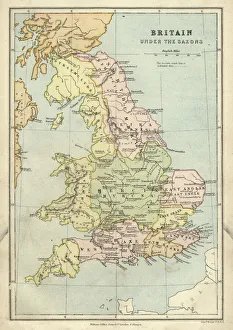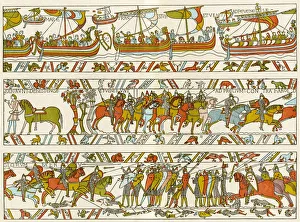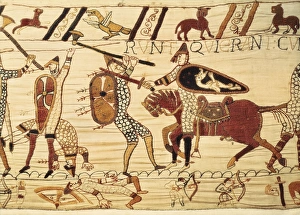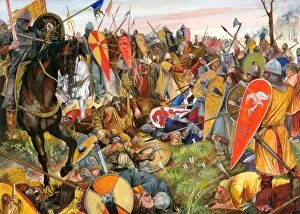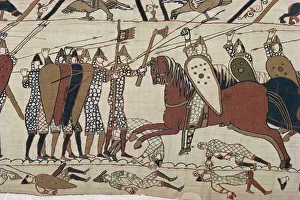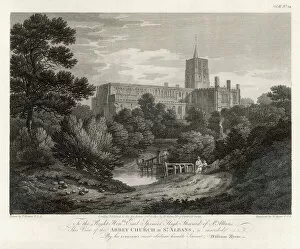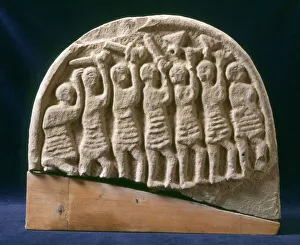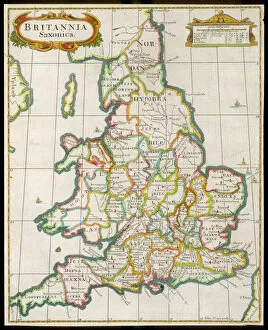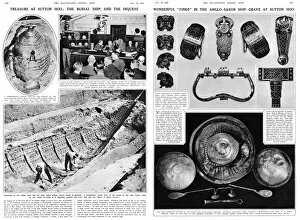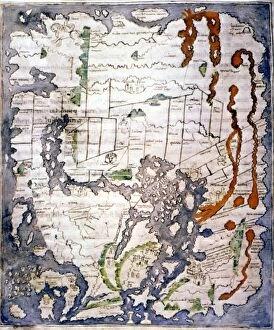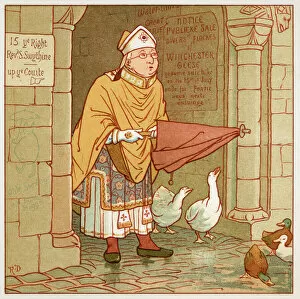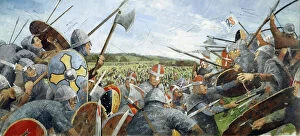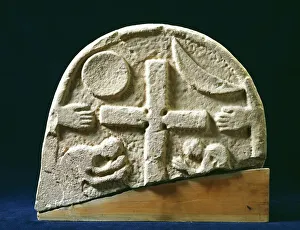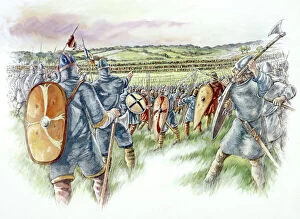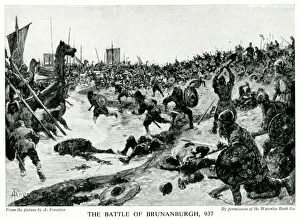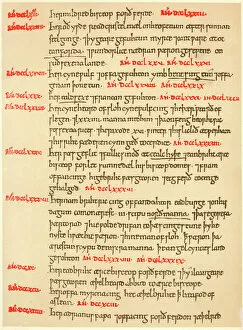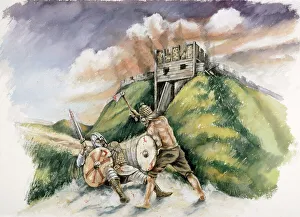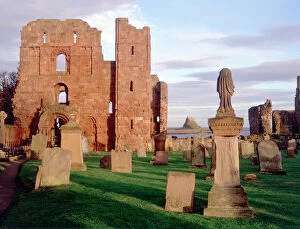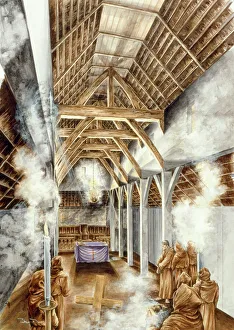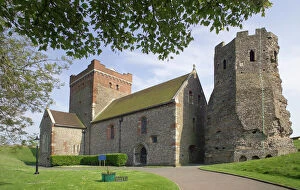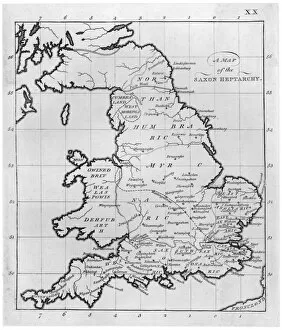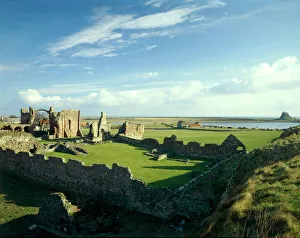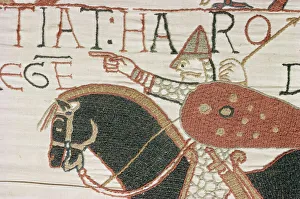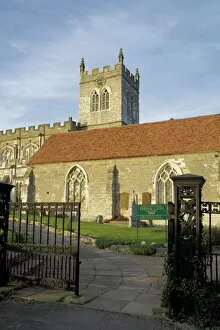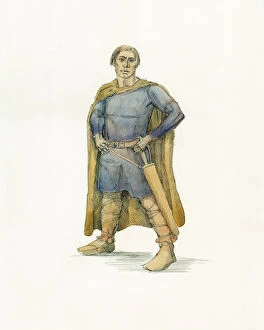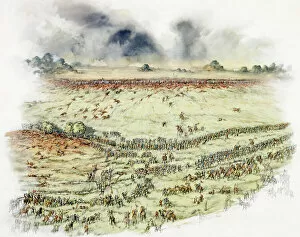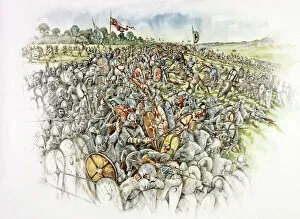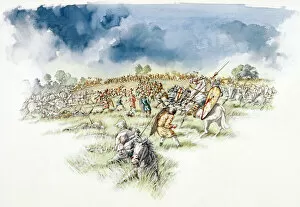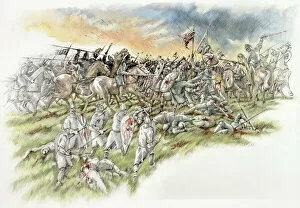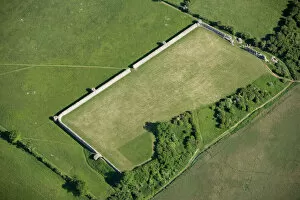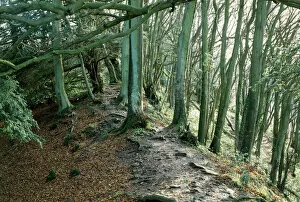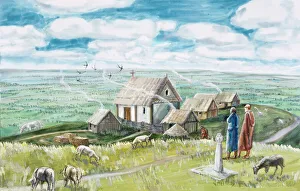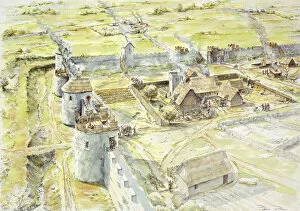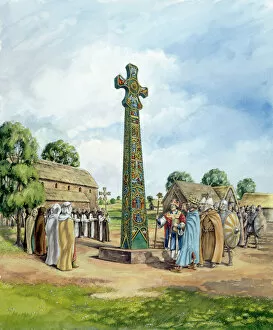Saxon Collection
"Saxon: Unveiling the Rich Tapestry of Anglo-Saxon Britain" Step into a bygone era with an antique map of Britain under the Anglo Saxons, where history comes alive
All Professionally Made to Order for Quick Shipping
"Saxon: Unveiling the Rich Tapestry of Anglo-Saxon Britain" Step into a bygone era with an antique map of Britain under the Anglo Saxons, where history comes alive. Explore the intricate details of the Bayeaux Tapestry portraying the Norman Conquest, a masterpiece that tells tales of conquest and change. Delve into the mysteries surrounding Sutton Hoo ship burial J910330, a remarkable archaeological find that offers glimpses into ancient rituals and beliefs. The Battle of Hastings depicted in the Bayeux Tapestry takes center stage, showcasing King Harold's foot soldiers armed with spears and battle axes. Witness their valiant efforts as they clash against William the Conqueror's forces in this pivotal moment in history. Discover St Swithin / Dudley / Maxims, remnants from a time when saints held great influence over society. Marvel at St Albans Abbey 1802, an architectural gem that stands as a testament to centuries-old devotion. Journey northwards to Lindisfarne Priory Stone J880193, where spirituality intertwined with artistry on these sacred grounds. Learn about King Harold II (Harold Godwinson), whose reign was cut short tragically during his fateful encounter at Hastings. Lastly, witness the poignant scene depicting Death of King Harold on the Bayeux Tapestry - an emotional portrayal capturing both triumph and tragedy amidst Normandy's picturesque landscapes. Join us on this captivating journey through time as we unravel stories etched within these historical artifacts - each offering invaluable insights into our collective pasts. The legacy culture lives on; its impact reverberates throughout Europe even today.

